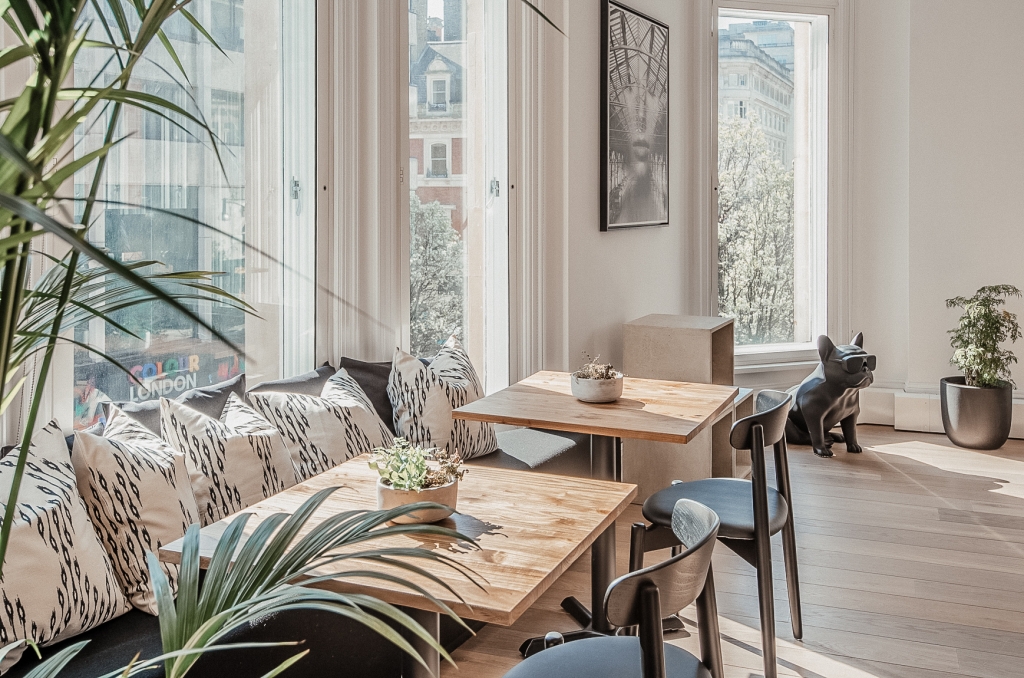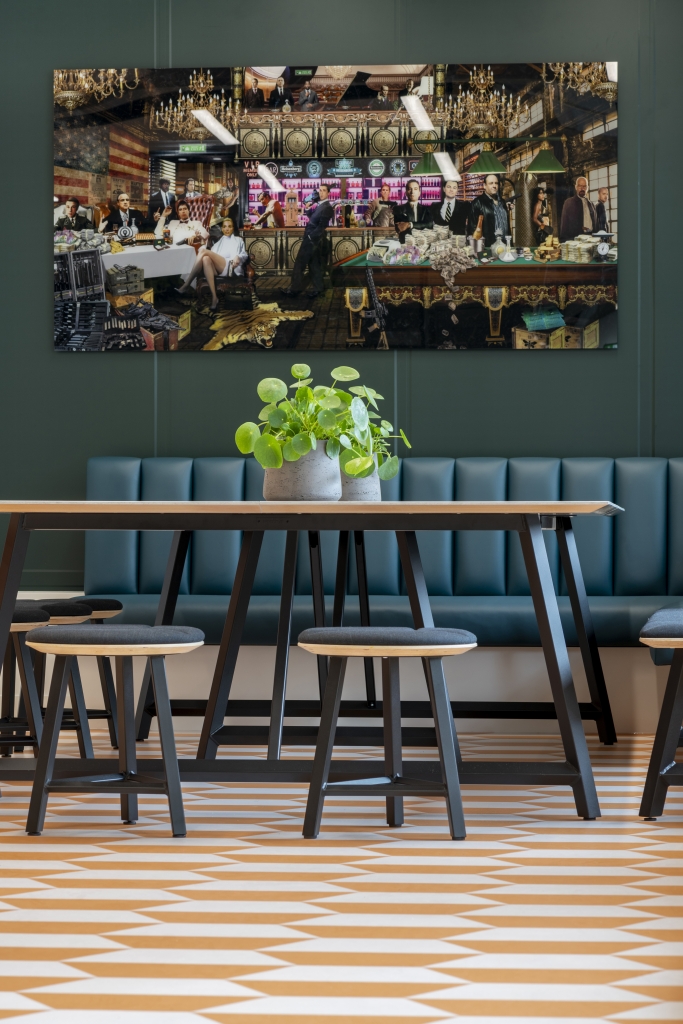5 interior design details that will immediately enhance your space
As interior designers we often get asked by clients, friends and family, for any quick-fix design tips to help them get the most out of their spaces. Interior design is forever evolving, with new must-have trends or no-go’s constantly emerging, which makes it extremely challenging for anyone looking to redesign their space – both commercial and residential.
Essentially, what people want to know is ‘how their space can be improved with quick and easy to follow steps.’
It is important to remember that design is subjective and really boils down to what it is you want to achieve from your space. When working with our clients, we spend a significant amount of time establishing and understanding their unique needs and ambitions, before working with them to find and design the perfect solution which supports these.
However, there are a few industry ‘hacks’ and interior detail considerations that anyone looking to improve their environment should bear in mind. After all, the details are not just the details, they make the design.
So if you are looking for some industry tips ahead of redecorating your space, then you have come to the right place! Here are our top 5 interior design details that will immediately enhance any environment.
1.Lighting
Lighting has the ability to instantly set the mood of a room, the minute you enter it. Different types can connote different moods, and its important when redesigning any space, to always consider the type of lighting each area has and the experience this will provide to the people using it.
There are two sources of light, natural and artificial. Natural light sources have significant health benefits, (improves our sleep, focus, energy and happiness) so goes without saying, makes that the preferred option for most interior design schemes. Of course, if your existing space has a limited natural light source, you may want to rethink your design to manipulate and enhance this where possible.
Artificial light is not only used when natural light is not sufficient enough. It is also used due to its ability to influence the mood of a room, depending what it is being used for. For example, creating ambient lighting (also called mood lighting) involves using colour, temperature, and brightness to provide a comfortable and even level of light throughout a space. There’s a reason there is different lighting for different settings, think about hospitals and how bright they are. The type of lighting is integral to the purpose of a space, but if not used correctly, poor artificial lighting can lead to negative impacts such as low energy levels, depression and headaches.

2. Colour
Like lighting, colours are known to connote different moods and are associated with certain messages and feelings because of how are brains have been wired to perceive them over time. When redecorating a space, its important to establish the desired emotions you want to achieve and then influence this outcome with the colour shceme you choose. Below is a brief breakdown of the mood and feelings primary colours can cause.

3. Texture
The use of texture in interior design helps to prevent a space from feeling flat or one dimensional. Having a variety of textures within a space is, in our opinion, a detail that many non-designers struggle with, mostly due to a lack of confidence. It is very easy to find a particular style or texture you like, and then repeat it throughout the space because you know it will all match perfectly. But the end result will effectively provide a very repetitive and uninspiring aesthetic.
Textures are used within interior design to create a visual vocal point in a space, and provide contrast. Be brave in your choices and combine a mixture of textures (rough and smooth) throughout your scheme to create depth and interest within the space.
4. Balance
Balance is the idea that when you walk into a room, everything has its place. In truth, balance is vital to the finished aesthetics of any space, as it is what creates a visual calmness for anyone coming into contact with it.
Lets say you want to introduce blue to your 50 Shades of Grey room. That’s great, but you must ensure you balance its placement. The key to a cohesive space is to harmonise the elements within it. If you introduce yellow patterned cushions, for example, to a grey sofa, perhaps consider a yellow throw or yellow arm chair placed in the corner of the room, or even a few scattered yellow / gold coated ornaments to tie it all together. Try to avoid keeping your choosen ‘pop of colour’ in just one place within a room. Consider how you space it out but also, be careful not to overload the design.
Less is always more.

5. Personalise
Interior designers can do most of the hard design work for you but it’s what you add over time and how a space evolves organically, that really makes it personal to you. A home and workplace alike, are extensions of those who live in it / use it, so what you choose to display is essentially what makes it unique.
We spend a lot of our time talking to our clients about making their workspace personal by injecting their brand personality and core values into the design. This doesn’t just end with their logo hanging above their reception desk, like it doesn’t end with a family portrait hanging in the hallway. Its those finer details, and small finishes that really imprint your brand on the subconscious and tell a story about who you are and what is important to you.

We hope our design tips have helped you as you embark on your interior design adventure. The most important takeaway from this, is to remember that every space has been designed with the people who use it in mind. How people react, respond, think and feel can be influenced by the smallest of details. You may not be aware that you are going through these motions when you are in a space, but somewhere a designer has considered, influenced and cultivated that reaction.
